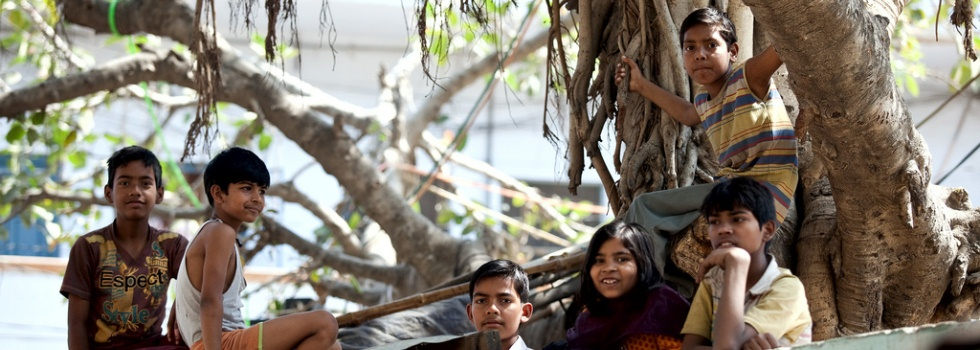
STORY HIGHLIGHTS
- Cyclone Phailin made landfall in Odisha, India on Oct. 12 with wind speeds of over 200 km/hour.
- The strongest cyclone in 14 years, close to 1 million people were evacuated. Prior preparation reduced casualties, with 38 deaths compared to over 10,000 during Cyclone 05B in 1999.
-
Since 2001, the Odisha government with $255 million in support has focused on disaster preparation; building shelters, planning evacuations, strengthening embankments, and conducting drills. Years of planning and preparation have paid off.
Cyclone Phailin made landfall near Gopalpur in the State of Odisha, India on October 12 at around 9:15 pm local time with wind speeds of around 200 km/hour. This cyclone, the size of Hurricane Katrina, was a Category 4 storm (Katrina, in comparison, was a Category 3 storm upon landfall). Storm surges of over 3 meters were recorded along the coastline in some areas of northern Andhra Pradesh and southern Odisha. This was the biggest storm to have hit the Indian coast in the past 14 years.
The storm that hit the same coastline 14 years ago, in 1999, Cyclone 05B, caused massive devastation, killing more than 10,000 people and destroying substantial housing and public infrastructure in coastal Odisha. This time around though, the story unfolded differently. 72 hours later, the official death toll is 38 people, less than 0.4 % of the death toll from the 1999 cyclone. Close to a million people were evacuated to cyclone shelters, safe houses and locations inland in Odisha (around 850,000) and in Andhra Pradesh (150,000).
Successfully evacuating a million people is not a small task. This cannot be merely achieved by kicking the entire state machinery into top gear for 3-4 days following a cyclone warning. This has taken years of planning, construction of disaster risk mitigation infrastructure, setting up of evacuation protocols, identification of potential safe buildings to house communities and most importantly, working with communities and community-based local organizations in setting up volunteer teams and local champions who all knew exactly what needed to be done when the time came to act. The Odisha State Disaster Management Authority (OSDMA) and the Government of Odisha need to be given full credit for their unwavering commitment to disaster preparedness and risk mitigation.
.png)
Photo courtesy of NASA.
Following the disaster in 1999, Odisha set up the OSDMA, the first state agency focused exclusively on disaster management in India. The state has also kept investing in building cyclone shelters, evacuation routes and strengthening coastal embankments. Mock drills have been conducted in Odisha’s coastal districts every single year. Communities have also come to respect and act according to instructions set forth by the OSDMA and state authorities at the time of an emergency. All of these efforts bore fruit when Cyclone Phailin made landfall.
The World Bank is financing the National Cyclone Risk Mitigation Project (NCRMP) (Phase I) under implementation in the states of Odisha and Andhra Pradesh. This is a US $ 255 million project under implementation since March 2011 financed by the International Development Association, the World Bank’s fund for the poorest. The Global Facility for Disaster Reduction and Recovery GFDRR gave US$270,000 to help with project implementation.
The project is mainly focusing on enhancing the early warning system down to the “last-mile” community level and building cyclone risk mitigation infrastructure, including multi-purpose cyclone shelters, evacuation roads and strengthening of existing coastal embankments. This was the Bank’s first preventative disaster risk management project in India. It is encouraging to witness, during the project implementation cycle, that these investments are contributing to the Government of India’s larger efforts in helping communities become more resilient to the impacts of natural disasters and a changing climate system.
Original World Bank story available here.
